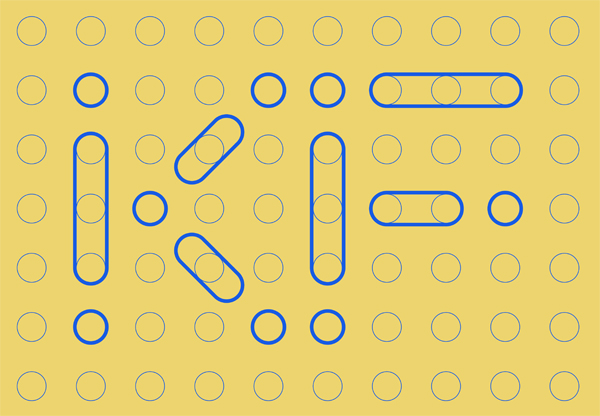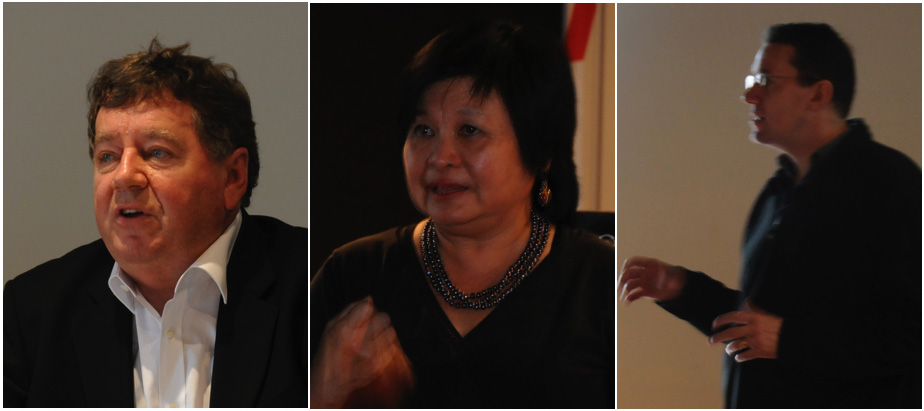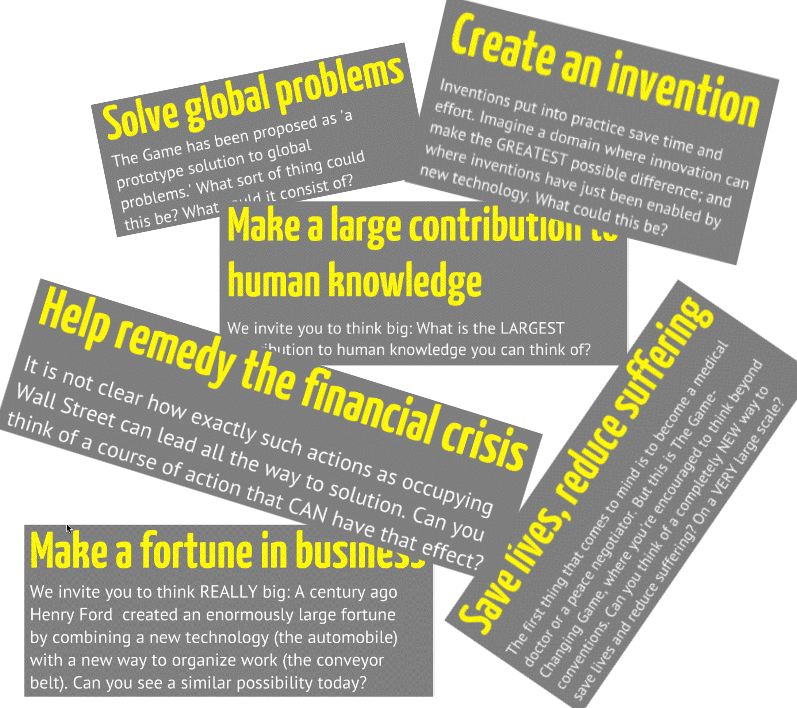Difference between revisions of "N-prototypes"
m |
m |
||
| Line 4: | Line 4: | ||
</div> | </div> | ||
<div class="col-md-7"> | <div class="col-md-7"> | ||
| − | <p>Neil Postman warned in "Informing Ourselves to Death": | + | <p>Neil Postman warned in "Informing Ourselves to Death":</p> |
<p>"The tie between information and action has been severed. Information is now a commodity that can be bought and sold, or used as a form of entertainment, or worn like a garment to enhance one's status. It comes indiscriminately, directed at no one in particular, disconnected from usefulness; we are glutted with information, drowning in information, have no control over it, don't know what to do with."</p> | <p>"The tie between information and action has been severed. Information is now a commodity that can be bought and sold, or used as a form of entertainment, or worn like a garment to enhance one's status. It comes indiscriminately, directed at no one in particular, disconnected from usefulness; we are glutted with information, drowning in information, have no control over it, don't know what to do with."</p> | ||
| Line 14: | Line 14: | ||
an experiment, showing what in the proposed design works well, and what needs to be improved. | an experiment, showing what in the proposed design works well, and what needs to be improved. | ||
</ul> | </ul> | ||
| + | <p>Prototypes are created and comprehended in terms of <em><b>design patterns</b></em>; which are design challenge-and-solution pairs; and a way to combine them together .</p> | ||
<p>A <em><b>prototype</b></em> is not complete unless it has a clear and realistic impact model and deployment plan. </p> <p> </p> | <p>A <em><b>prototype</b></em> is not complete unless it has a clear and realistic impact model and deployment plan. </p> <p> </p> | ||
| Line 24: | Line 25: | ||
<div class="col-md-7"> | <div class="col-md-7"> | ||
| − | <p>Knowledge Federation is | + | <p>Knowledge Federation is a prototype of functioning headlights</p> |
<p></p> <p></p> <p></p> | <p></p> <p></p> <p></p> | ||
Revision as of 12:06, 23 October 2023
Prototypes
Prototypes restore knowledge to power.
Neil Postman warned in "Informing Ourselves to Death":
"The tie between information and action has been severed. Information is now a commodity that can be bought and sold, or used as a form of entertainment, or worn like a garment to enhance one's status. It comes indiscriminately, directed at no one in particular, disconnected from usefulness; we are glutted with information, drowning in information, have no control over it, don't know what to do with."
A prototype is
- a model, functioning in reality, which serves as a template, exhibiting a collection of challenge–solution pairs, or design patterns as I am calling them; and showing how to combine those design patterns in a coherently functioning whole an intervention, strategically designed to alter certain conventional practice or system
an experiment, showing what in the proposed design works well, and what needs to be improved.
Prototypes are created and comprehended in terms of design patterns; which are design challenge-and-solution pairs; and a way to combine them together .
A prototype is not complete unless it has a clear and realistic impact model and deployment plan.
Knowledge
Knowledge Federation is a prototype of functioning headlights

As its logo suggests—the idea is to connect the dots.
The knowledge federation prototype has been conceived in terms of about forty smaller prototypes; which model new ways to implement all those various parts and functions that constitute a discipline—ranging from epistemology and methodology to a community of state-of-the-art experts and examples of application. Together those prototypes compose a coherent whole—a prototype of a functioning transdiscipline.
Vision
How can I do justice to the Innovation Ecosystem for Good Journalism prototype we created in Barcelona in only a few paragraphs? I’ll only highlight a couple of its design patterns; beginning with the important one:
This prototype was a federated answer to the pivotal question “What should public informing be like to serve as guiding light to postindustrial democracy?”
Its salient characteristic was to add to perceived problems (the creators of Barcelona’s WikiDiario citizen journalism project were part of our team) systemic solutions; identified and explained by academic experts; and then made comprehensible by knowledge federation’s communication design team.
How else shall we the people ever know that, for instance, “corporate personhood” could be an issue?
Our Barcelona prototype prototyped also a system by which journalism could be created and perpetually re-created.

We were fortunate to have with us Paddy Coulter; who had been both a model journalist and the Dean of Oxford University’s Reuters Institute for the Study of Journalism; he too was a keynoter at our formative 2010 workshop in Dubrovnik. In the manner of giving the good journalism tradition the reigns, we asked Paddy to chair the Barcelona event.
We techies should not allow ourselves to reinvent journalism.
Our task was to facilitate its evolution—by federating transformative memes. In Barcelona workshop Mei Lin Fung represented the Engelbart community and legacy; David Price—who co-founded DebateGraph, and developed it to be the world’s premier collective mind initiative—led the technology team.
Empowerment
As an experiment, the prototype we crafted in Barcelona gave us an invaluable insight. <p>When the journalists who co-created with us the public informing prototype returned to their busy editorial desks—they were out of sight! This helped us realize that the people who have power positions within a system will not change the system; they are too busy running it.

A system that can change real-life systems must conceived differently!
So the following year, at our 2012 Palo Alto workshop, we crafted a prototype of a system called game-changing game; and presented it at the Bay Area Future Salon.
Game-changing game is not a game in ordinary sense, but a game-changing way to have a career; where instead of playing by the rules, instead of trying to fit in an existing profession or system—the players undertake to change the system. The game-changing game has two categories of players: Z-players are in positions of power, perhaps as professors or investors; A-players are in a career and life phase where change is natural and easy, perhaps as graduate students or entrepreneurs.
Z-players play the game-changing game by empowering A-players to pursue their career goals by changing a system.
Education
File:Collaborology-flyer.jpg
